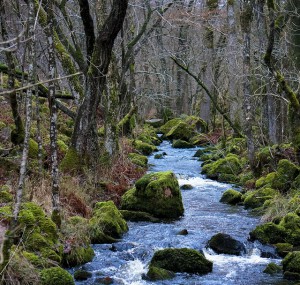Neonicotinoids found in freshwater across the U.S.
Neonicotinoid insecticides are one of the fastest-growing classes of insecticides worldwide, and have been implicated in the decline of bee populations. Now, a U.S. Geological Survey (USGS) study published in Environmental Chemistry has found that they are common contaminants in freshwater across the U.S. USGS scientists sampled a total of 38 streams nationwide in both urban and agricultural areas, and found that 63 percent of all streams contained at least one neonicotinoid insecticides. Imidacloprid was detected most frequently (in 37 percent of streams sampled) and was correlated with urban land use. Clothianidin, on the other hand, was found in 24 percent of streams sampled and was correlated with agricultural land use. Thiamethoxam was found in 21 percent of streams, and dinotefuran in 13 percent of streams sampled. While none of the concentrations exceeded the U.S. Environmental Protection Agency’s limits for aquatic life, this study emphasizes the prevalence of low levels of neonicotinoid insecticides in our water sources, and the need to better understand the effects of low-level exposures on wildlife.




